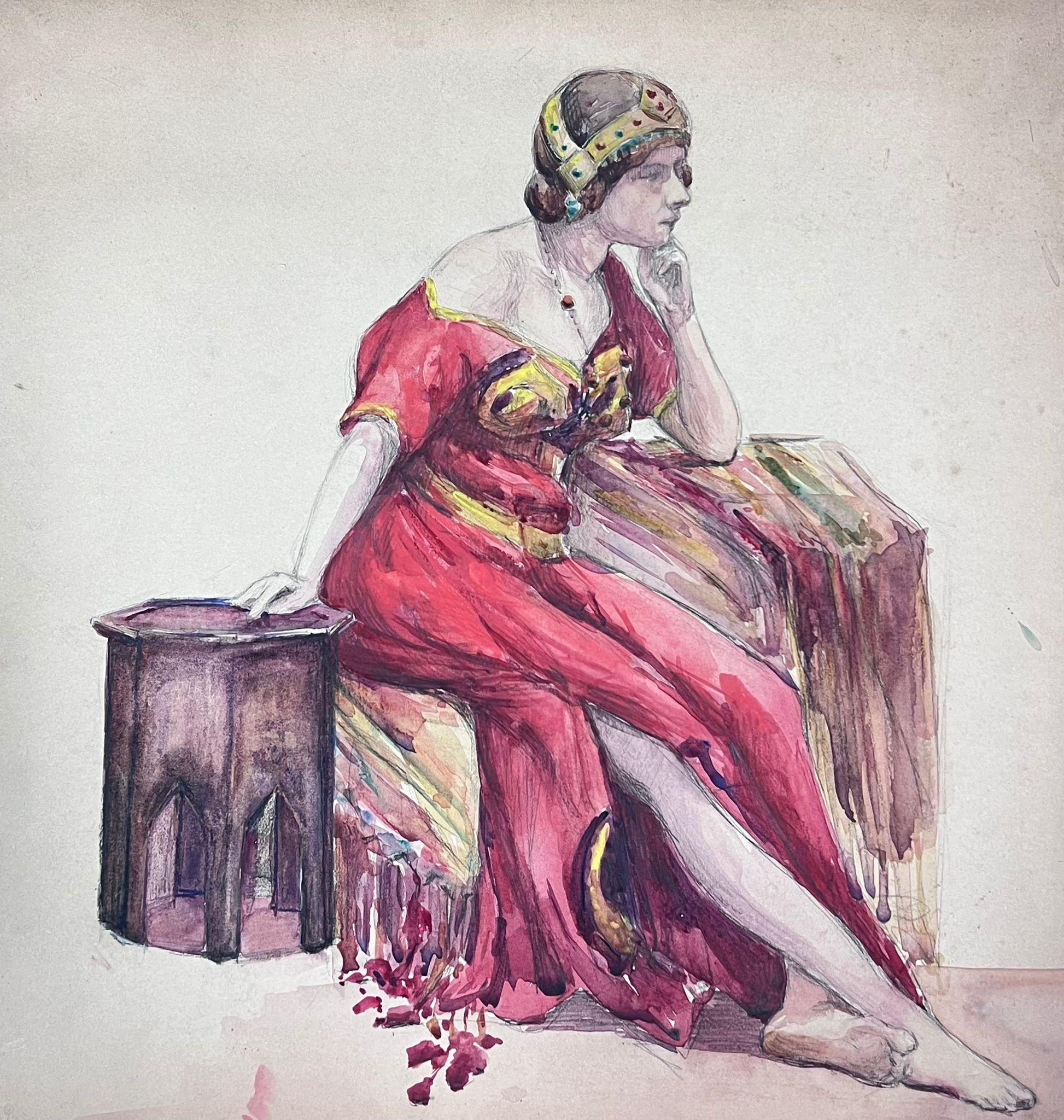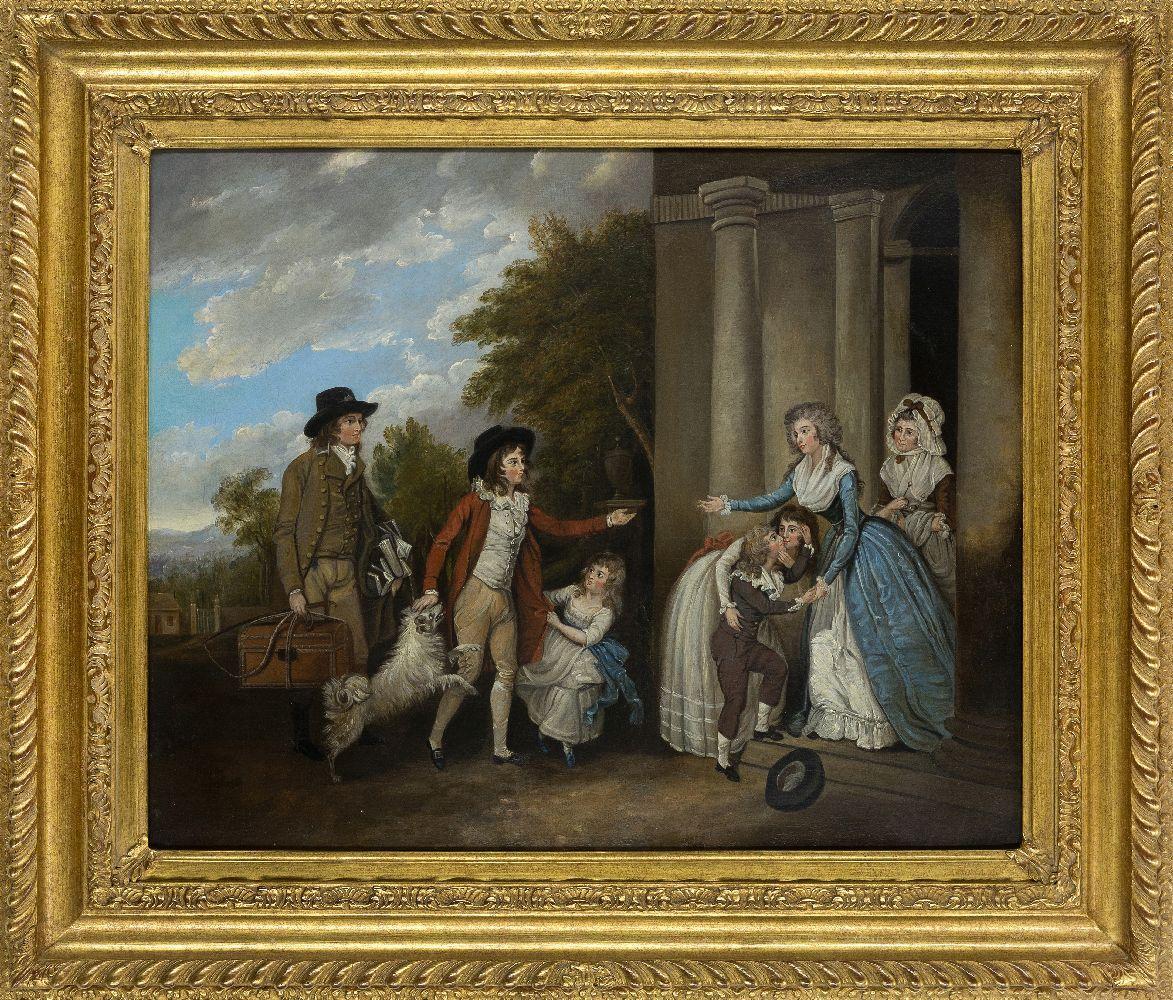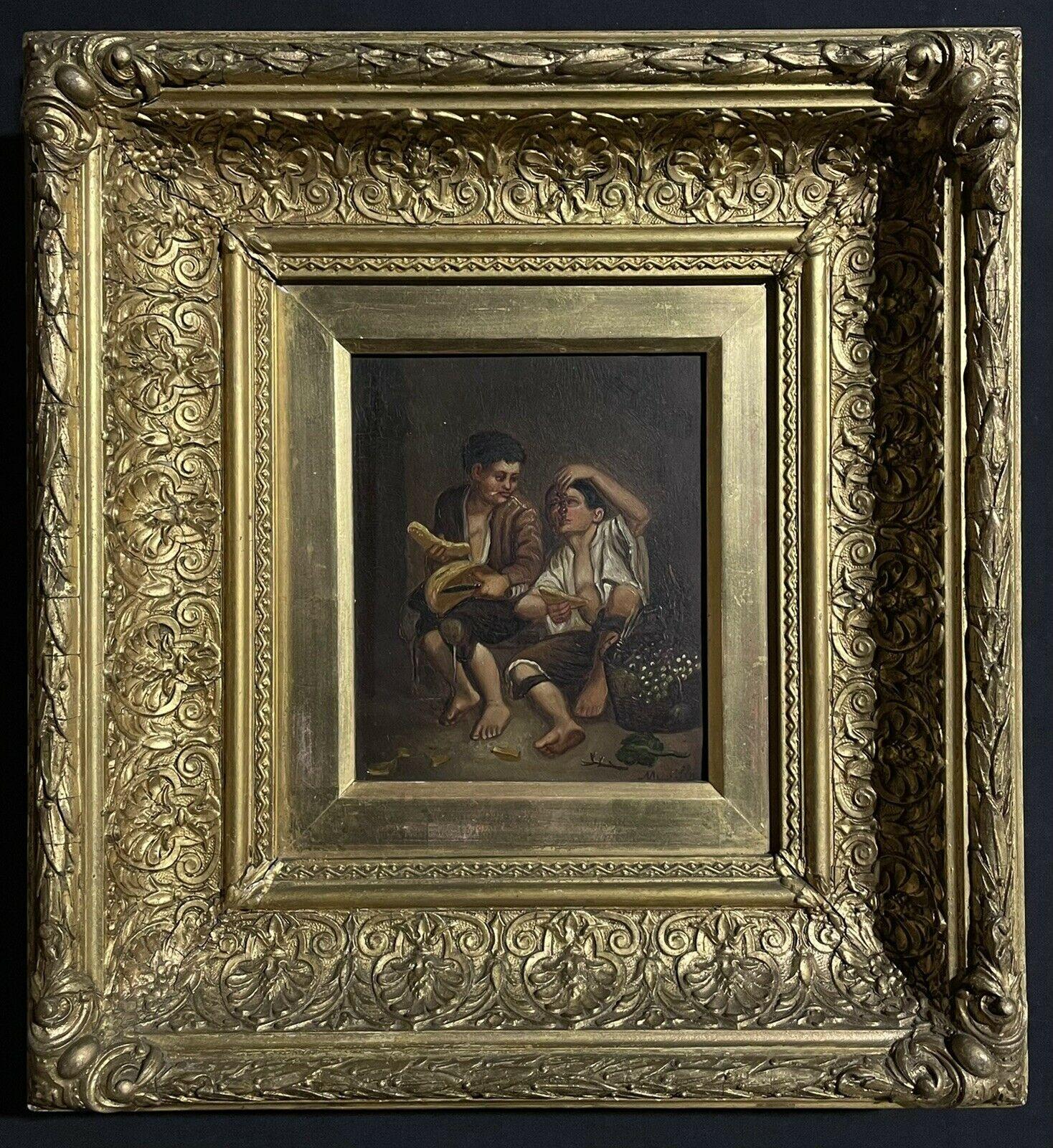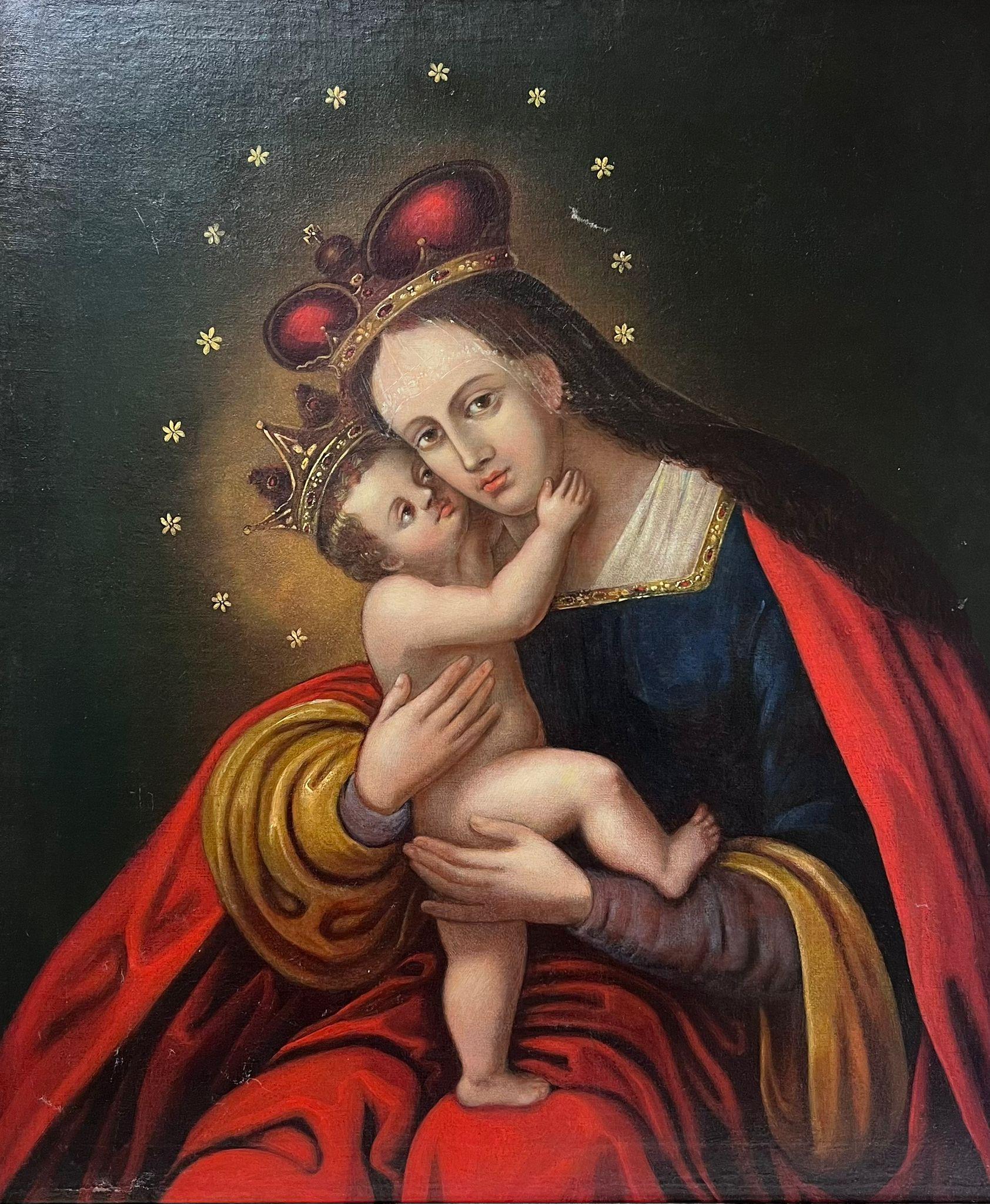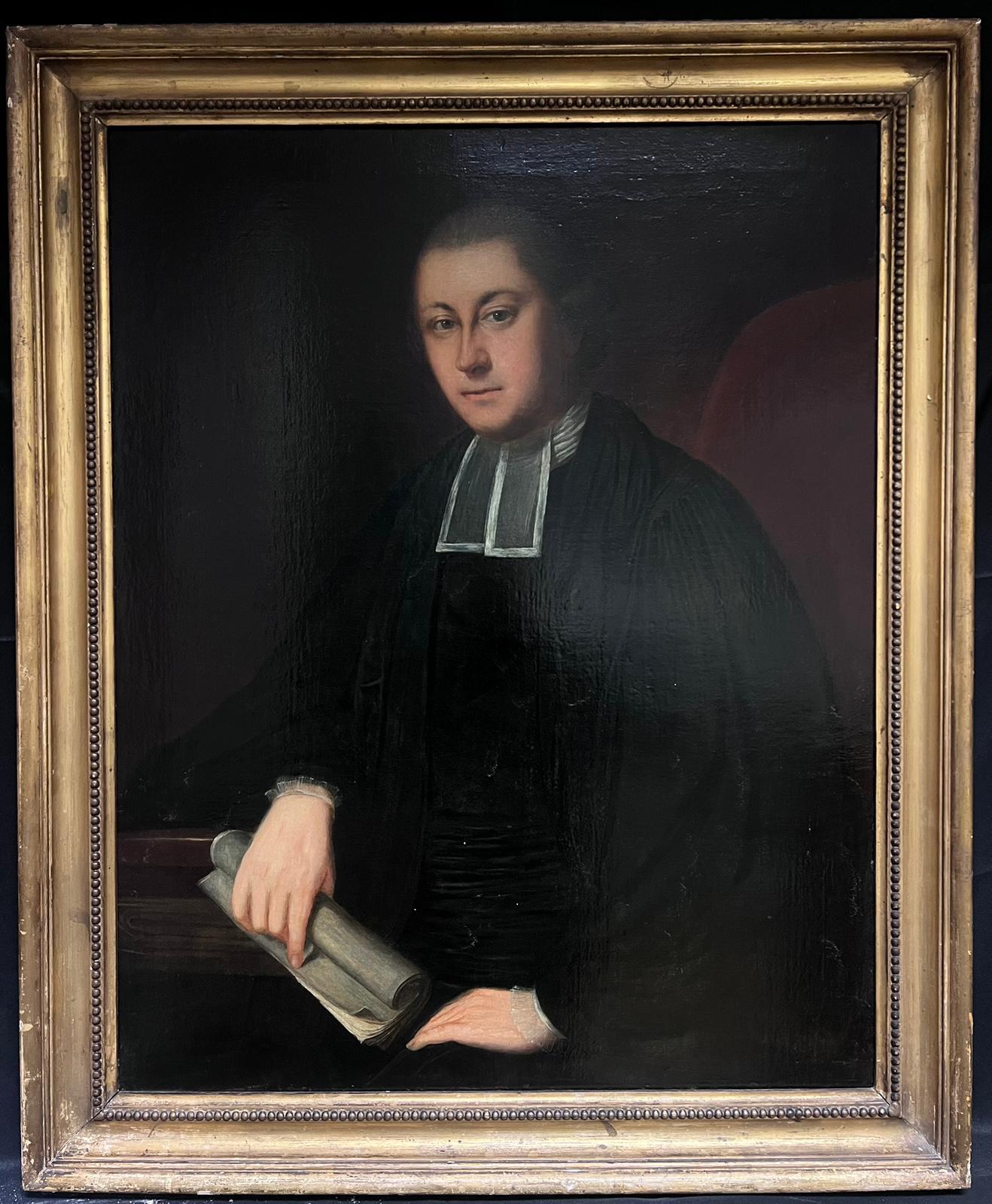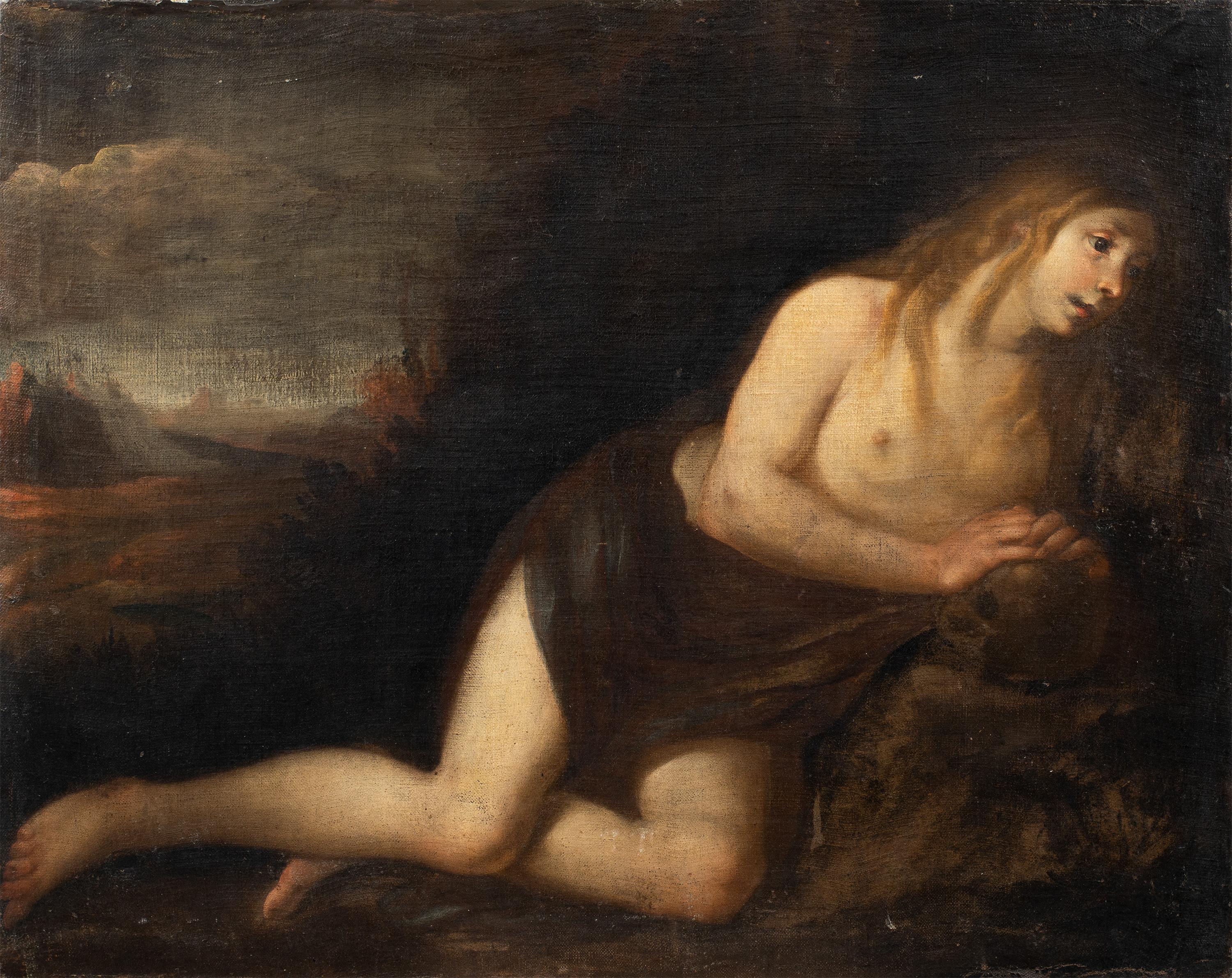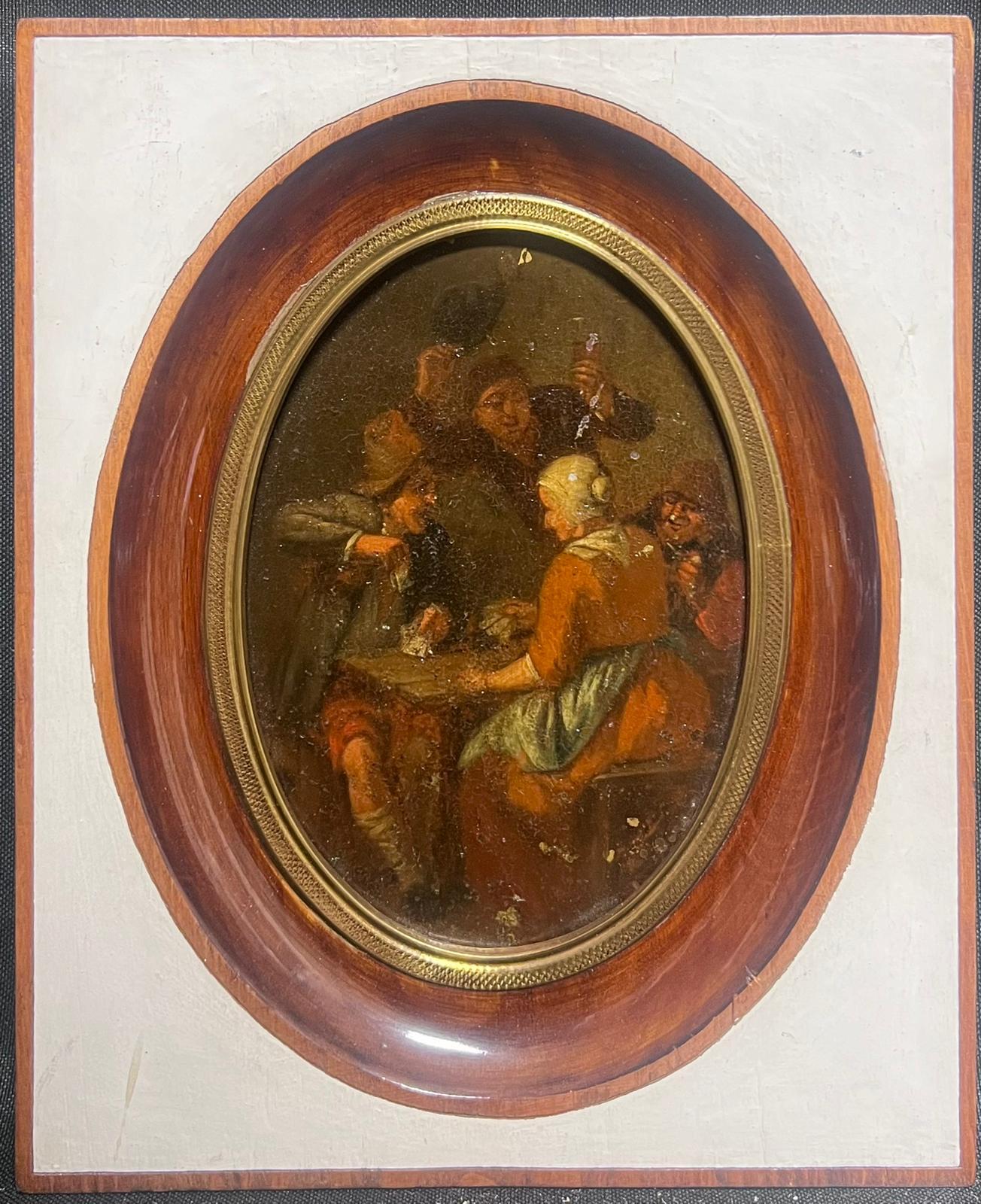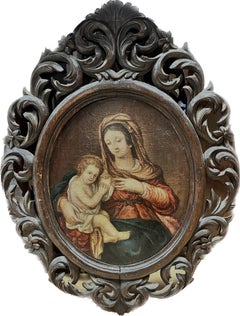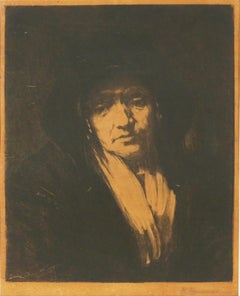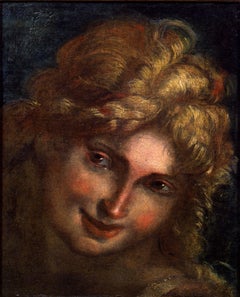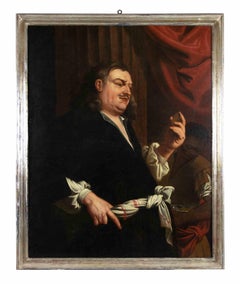FINE EARLY 17TH CENTURY OLD MASTER INK DRAWING - THE HEALING OF A BLIND MAN
View Similar Items
Want more images or videos?
Request additional images or videos from the seller
1 of 7
Auction endedBrowse Current Auctions
FINE EARLY 17TH CENTURY OLD MASTER INK DRAWING - THE HEALING OF A BLIND MANC. 1600'S
C. 1600'S
About the Item
- Creation Year:C. 1600'S
- Dimensions:Height: 17 in (43.18 cm)Width: 13 in (33.02 cm)Depth: 1 in (2.54 cm)
- Medium:
- Movement & Style:
- Circle Of:Inigo Jones (1573-1652) (1573 - 1652, British)
- Period:
- Condition:
- Gallery Location:Cirencester, GB
- Reference Number:1stDibs: LU50938258592

About the Seller
5.0
Platinum Seller
These expertly vetted sellers are 1stDibs' most experienced sellers and are rated highest by our customers.
Established in 1989
1stDibs seller since 2016
3,441 sales on 1stDibs
Typical response time: 2 hours
More From This SellerView All
- Antique Watercolor Painting Muscular Male Nude Classical Roman PoseLocated in Cirencester, GloucestershireMuscular Made Nude, "Olympus"? sepia watercolour drawing on paper, framed framed: 23 x 15 inches painting: 20 x 13 inches provenance: private collection condition: very good and sou...Category
19th Century Old Masters Figurative Paintings
MaterialsWatercolor
- Fine 1800's Italian Tondo Oil Head & Shoulders Portrait of Man with Beard & HatLocated in Cirencester, GloucestershirePortrait Of A Man,head and shoulders in profile by Italian School, early 19th century oil painting on papier mache forming the lid of a snuffbox, stuck down on panel, tondo framed: ...Category
Early 19th Century Old Masters Portrait Paintings
MaterialsOil
- Fine 19th Century French Oil Painting Madonna & Child Carved Wood Scrolled FrameLocated in Cirencester, GloucestershireThe Madonna & Child French School, 19th century presented in carved wood scrolled frame oil on canvas, framed frame: 27 x 20 inches canvas: 15.5 x 13 inches provenance: private colle...Category
19th Century Old Masters Figurative Paintings
MaterialsOil
- Early 1800's Italian Oil Painting Portrait of Bearded Man Saint Peter ApostleLocated in Cirencester, GloucestershireItalian School, early 19th century 'Portrait of a Bearded Man' - possibly Saint Peter? oil on board, framed framed: 16 x 13.5 inches board: 12.5 x 9.5 inches provenance: private col...Category
Early 19th Century Old Masters Portrait Paintings
MaterialsOil
- 17th Century Dutch Old Master Oil on Panel, Ladies Gathering FlowersLocated in Cirencester, GloucestershireArtist/ School: 17th Century Dutch School Title: Ladies Collecting Flowers Medium: oil painting on panel, framed Oval : 6.75 x 9.25 inches, frame...Category
17th Century Old Masters Figurative Paintings
MaterialsOil
- 19th CENTURY FRENCH ANTIQUE OIL ON PANEL - FRENCH SOLDIERS MAKING CAMPLocated in Cirencester, GloucestershireArtist/ School: French School, 19th century Title: The Soldiers Camp Medium: oil painting on thick wooden panel, with a bevel edge Size: painting: 12.5 x 22 inches, frame: 16.5 ...Category
19th Century Old Masters Figurative Paintings
MaterialsOil, Wood
You May Also Like
- Original Study of Rembrandt’s Portrait of an Old WomanLocated in Soquel, CAEarly 20th Century Study of Rembrandt’s Portrait of Old Woman Russian for Niello Engraving A wonderful study of Rembrandt’s portrait of an Old Woman used for Niello engraving by Ru...Category
Early 20th Century Old Masters Portrait Paintings
MaterialsInk, Paper
- Head of an AngelLocated in New York, NYProcaccini was born in Bologna, but his family moved to Milan when the artist was eleven years old. His artistic education was evidently familial— from his father Ercole and his elder brothers Camillo and Carlo Antonio, all painters—but his career began as a sculptor, and at an early age: his first known commission, a sculpted saint for the Duomo of Milan, came when he was only seventeen years old. Procaccini’s earliest documented painting, the Pietà for the Church of Santa Maria presso San Celso in Milan, was completed by 1604. By this time the artist had made the trip to Parma recorded by his biographers, where he studied Correggio, Mazzola Bedoli, and especially Parmigianino; reflections of their work are apparent throughout Procaccini's career. As Dr. Hugh Brigstocke has recently indicated, the present oil sketch is preparatory for the figure of the angel seen between the heads of the Virgin and St. Charles Borrommeo in Procaccini's altarpiece in the Church of Santa Afra in Brescia (ill. in Il Seicento Lombardo; Catalogo dei dipinti e delle sculture, exh. cat. Milan 1973, no. 98, pl. 113). As such it is the only known oil sketch of Procaccini's that can be directly connected with an extant altarpiece. The finished canvas, The Virgin and Child with Saints Charles Borrommeo and Latino with Angels, remains in the church for which it was painted; it is one of the most significant works of Procaccini's maturity and is generally dated after the artist's trip to Genoa in 1618. The Head of an Angel is an immediate study, no doubt taken from life, but one stylistically suffused with strong echoes of Correggio and Leonardo. Luigi Lanzi, writing of the completed altarpiece in 1796, specifically commented on Procaccini's indebtedness to Correggio (as well as the expressions of the angels) here: “Di Giulio Cesare...Category
17th Century Old Masters Figurative Paintings
MaterialsCanvas, Paper, Oil
- A Rich Merchant - Painting by Unknown - 18th CenturyLocated in Roma, ITA rich merchant is an original old master artwork realized in the 18th Century. Mixed colored oil painting on canvas depicting a merchant looking at a coin in his left hand. Provena...Category
18th Century Old Masters Figurative Paintings
MaterialsOil
- Old Master Painting of Christ 17th/18th Century Italian SchoolLocated in Rochester, NYThe crucifixion of Crist Italian school 17th or 18th century. Beautiful detail in the face and hands. The lighting makes the figure of Crist seem to glow. In a good quality later frame. Presented by Joseph Dasta Antiques...Category
18th Century Old Masters Figurative Paintings
MaterialsOil, Canvas, Fabric
- Girl with a penLocated in Genève, GEWork on canvasCategory
Mid-19th Century Old Masters Figurative Paintings
MaterialsOil
$2,175 - Portrait of Jean-Baptiste Greuze, painted on linen by his daughter Anna GreuzeLocated in PARIS, FRThis replica of the last self-portrait of Jean-Baptiste Greuze painted in 1804, executed by his daughter Anna at her father's side and recently rediscovered, provides us with a poignant image of the great artist, represented with panache despite the disillusions of life. 1. Jean-Baptiste Greuze Jean-Baptiste Greuze was the sixth child of a roofer from Tournus and retained a certain rusticity in his behaviour from his provincial childhood, beyond his taste for describing picturesque scenes of the countryside. He initially started training with a little-known painter from Lyon, Charles Grandon, before his genius was recognised in Paris where he became a full-time student of the Académie (of Painting) in 1755. He exhibited his work for the first time at the Salon during the summer of 1755, before leaving on a trip to Italy in the company of Louis Gougenot, abbot of Chezal-Benoît. Upon his return to Paris, Greuze became a prolific painter, participating widely in the Salons held between 1759 and 1765, to which he sent no less than 63 paintings: numerous genre scenes (The Marriage Contract, The Beloved Mother), but also portraits of his family circle, of courtiers and art lovers, or of his colleagues. The Academy closed the doors of the Salons to him in 1767 for not having produced his reception piece within six months of his reception, as was the tradition. He worked actively on this painting (Emperor Severus rebukes Caracalla, his son, for trying to assassinate him ) until the summer of 1769, tackling historical and mythological subjects for the first time. Once this was completed, he was then fully admitted to the Academy, but as a genre painter, and not as an historical painter, which had been one of the greatest humiliations of his life. Greuze then refused any participation in events organised by the Academy or its successor, the Academy of Fine Arts until 1800. Abandoning history painting, he gave a new twist to genre scenes, bringing them closer to history painting, as in this pair of canvases which constitutes some of his masterpieces: The Paternal Curse: The Ungrateful Son and The Paternal Curse: The Punished Son . Married in 1759 to Anne-Gabrielle Babuti, the daughter of a Parisian bookseller, his marriage was unhappy and his wife probably frequently unfaithful. The institution of divorce enabled him to record their separation in 1793, keeping his two daughters Anna-Geneviève, born in April 1762, and Louise-Gabrielle, born in May 1764, with him. Little is known about his daughter Anna except that she was herself a painter and lived with her father until his death. It is likely that most of the paintings she produced up to that date were attributed to her father, whose technique she shared to a great extent, making it extremely difficult to establish an autonomous corpus of her paintings. Greuze died in his studio at the Louvre on March 21st 1805. The attention paid to the expressivity of his characters and the emotional charge they convey enabled Jean-Baptiste Greuze to enjoy immense popularity with the eighteenth-century public, and they still constitute Greuze's true modernity. As the artist said, "I dipped my brush in my heart". Greuze was also an exceptional draughtsman and a portraitist of immense talent and exceptional longevity who painted both the Dauphin (the son of Louis XV and father to Louis XVI) and the young Napoleon Bonaparte. 2. Greuze's self-portraits Greuze was very much influenced by Dutch paintings during all his life. While the source of his inspiration for genre scenes can be found in Gerard Dou...Category
Early 1800s Old Masters Portrait Paintings
MaterialsLinen, Oil
